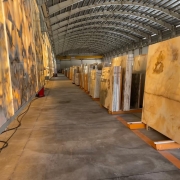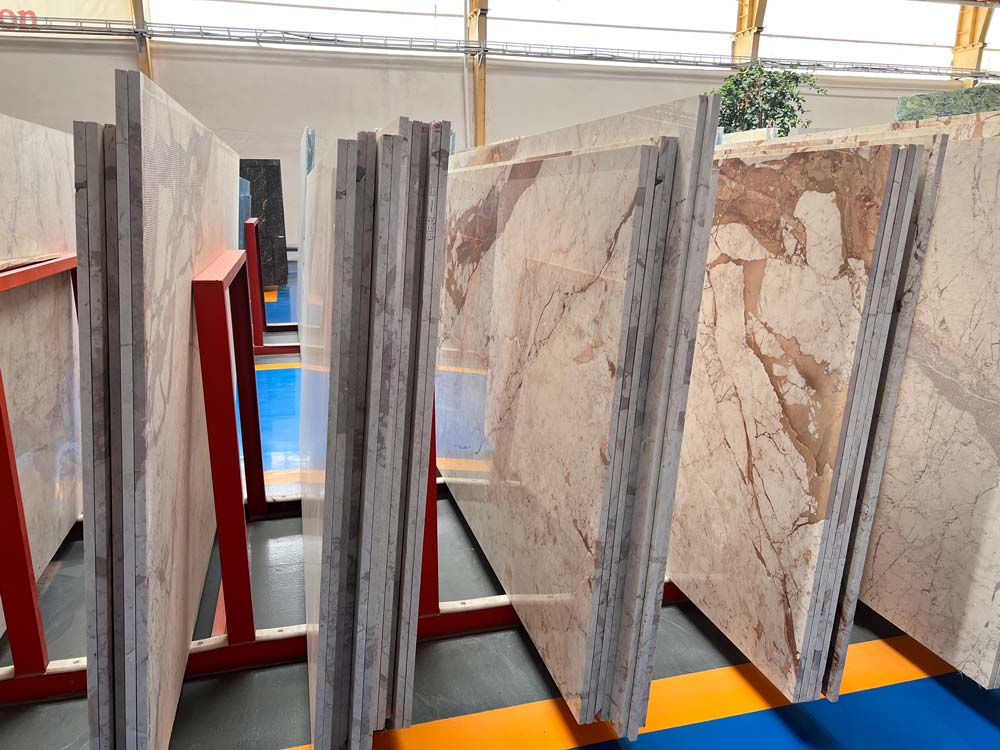Stone efflorescence
Stone is one of the most durable and attractive materials for the building facades. During the past centuries until today, designers and builders used stones to make the façade of the buildings more beautiful. But also, there is a destructive factor such as efflorescence which causes the stones to take some damages. In the rest of this article, we will explain the cause of stone efflorescence and solutions to solve it.
Efflorescence of façade stones
Stone efflorescence is a powdery and usually white substance that has appeared on the stone walls since thousands of years ago and has always caused problems for people. Most of the people believe that the stone itself makes Efflorescence, but in fact, the main reason for the stone efflorescence is salts inside the sand and cement used in the building’s mortar or cement.
It should also be noted that as the types of stones are various, the amount of probable stone efflorescence is also different for each of them. For example, limestones such as travertine stones are more probable to make efflorescence due to their special structure compared to other building stones. But granite stones, which have less water absorption than travertine, also make less efflorescence. As a result, the appearance of stones like granite is more durable than other stones.
Prevention methods of stone efflorescence
Maybe you also have the question of how to prevent this problem from occurring?
There are various methods and solutions for this problem, which are mentioned below:
The first way to prevent stone efflorescence is to use sands and cements that are salt-free. Another method is to fasten the stones to the building in a dry and mechanical way without stone mortar. But, if you want to use building mortar, washed sands have less salt. The next method is to use a suitable amount of resin according to the space that the stones are going to install. Resin prevents the stones to make efflorescence.
Removing stone efflorescence
You can remove the stone efflorescence easily by the following steps:
- In the first step, you should scrape the efflorescence from the surface of the stone until nothing is left. You can use anti-efflorescence products or use vinegar to remove it from the surface of the stone.
- In the second step, wash the stone and give it time to dry well.
- In the third step, use nano resin on the surface of the stone to prevent it from making efflorescence again. Also, you can use nano covers that stick on the surface of the stones. And, not only prevent efflorescence, but they also beautify the appearance of the stones.









